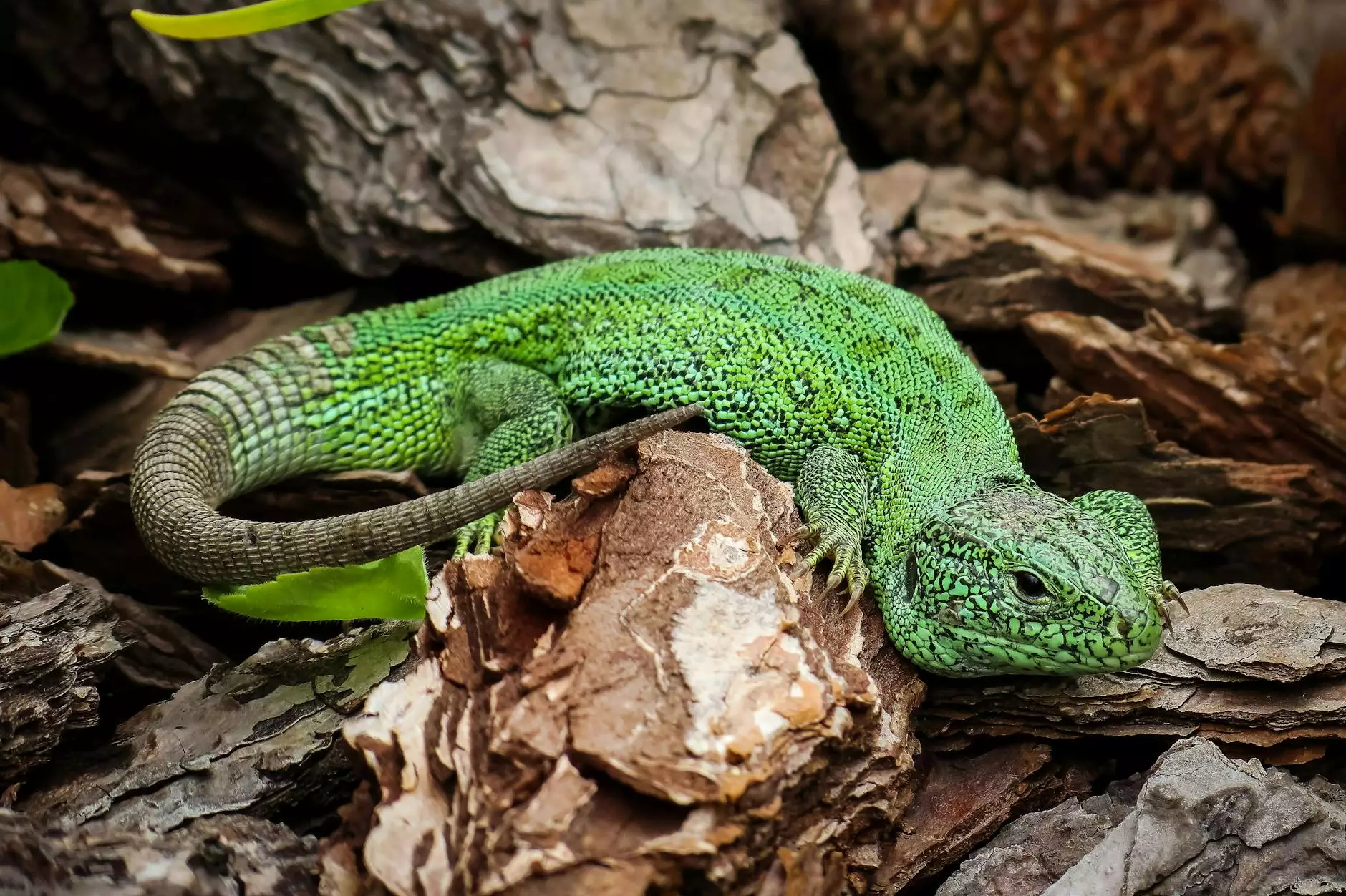The Fascinating World of Leopard Geckos: Your Ultimate Guide

Leopard geckos are one of the most popular pet reptiles for both beginners and seasoned enthusiasts. Known for their striking appearance and docile nature, these fascinating creatures have become a staple in the reptile community. This comprehensive guide will explore everything you need to know about leopard geckos, from their care requirements to their unique characteristics.
What is a Leopard Gecko?
The leopard gecko (Eublepharis macularius) is a ground-dwelling lizard native to the arid regions of Afghanistan, Pakistan, India, and Iran. They are part of the family Eublepharidae, which includes several species of geckos. Unlike many gecko species, leopard geckos lack adhesive toe pads, making them unique among their relatives.
Physical Characteristics
Leopard geckos are easily recognizable due to their vibrant coloration and distinctive spotted pattern. Their skin is typically a yellowish background adorned with black or dark brown spots, resembling the coat of a leopard. Adult leopard geckos typically reach a length of 7 to 10 inches and can weigh between 60 to 80 grams, though larger specimens can exceed these averages.
Life Span
With proper care, leopard geckos can live for 10 to 20 years, making them a long-term commitment for pet owners. Their longevity is one of the reasons they are popular among reptile enthusiasts.
Understanding Leopard Gecko Behavior
Leopard geckos are known for their gentle demeanor and are generally easy to handle. They are nocturnal creatures, which means they are most active during the night. Understanding their behavior is critical for successful pet ownership.
Social Interaction
While leopard geckos may tolerate one another, they are primarily solitary animals. Housing multiple males together is generally discouraged due to territorial disputes. However, females can coexist well if ample space is provided.
Handling Your Leopard Gecko
When handling your leopard gecko, it's essential to approach them gently. Always support their body and avoid grabbing them by the tail, as this can result in stress or injury. Regular handling can help your gecko become accustomed to human interaction, making them even more enjoyable as pets.
Setting Up the Perfect Habitat
Creating an ideal habitat for your leopard gecko is crucial for their health and well-being. Here are the main components to consider:
Enclosure Size
A suitable enclosure for a leopard gecko should be at least 20 gallons for a single adult. A larger habitat is encouraged to allow ample space for movement and environmental enrichment. Consider using a glass terrarium with a secure lid for ventilation.
Temperature and Lighting
Temperature regulation is vital for your gecko's health. Here’s how to achieve optimal conditions:
- Warm Side: Maintain a basking area of 88°F to 92°F.
- Cool Side: The cooler side of the enclosure should be between 75°F and 80°F.
- Night Temperature: At night, temperatures can drop safely to 65°F to 75°F.
Leopard geckos do not require UVB lighting like some reptiles, but providing a low-level UVB light can enhance their overall health and well-being.
Substrate and Decor
Choose a substrate that is safe and digestible. Options include:
- Reptile carpet
- Paper towels
- Tile
Avoid sand, especially with juvenile geckos, as it can lead to impaction. Decor items like rocks, hide boxes, and climbing surfaces will provide enrichment and security.
Feeding Your Leopard Gecko
A well-balanced diet is essential for the health of your leopard gecko. These lizards are insectivores, which means their diet is primarily composed of insects. Here are some feeding guidelines:
Insects
Offer a variety of insects, including:
- Crickets
- Mealworms
- Dubia roaches
- Superworms
Make sure the insects you provide are appropriately sized – generally, they should not be larger than the width of your gecko's head.
Supplementation
To ensure your leopard gecko receives the necessary vitamins and minerals, dust insects with a calcium and vitamin D3 supplement at least twice a week. A multivitamin powder can be given once a week for comprehensive nutritional support.
Health Considerations
Regular health checks are vital for your leopard gecko. Here’s what to look for:
Signs of Good Health
A healthy leopard gecko should:
- Be active and alert
- Have clear eyes without any discharge
- Maintain a healthy weight
- Exhibit normal eating and drinking behaviors
Common Health Issues
Be aware of common health issues, including:
- Impaction: Caused by ingesting substrate or other materials.
- Mites: External parasites that can cause irritation.
- Respiratory Infections: Typically caused by improper husbandry.
If you notice any unusual behaviors or symptoms, consult a veterinarian with experience in reptile care.
The Benefits of Leopard Geckos as Pets
Leopard geckos offer many benefits as pets:
- Low Maintenance: Compared to other pets, leopard geckos require minimal maintenance, making them ideal for busy individuals.
- Less Odor: Unlike mammals, reptiles do not produce a strong odor, contributing to a cleaner home environment.
- Educational: Caring for a leopard gecko can provide valuable lessons in responsibility and animal care.
- Beautiful Companions: Their unique appearance makes them an attractive addition to any home.
- Longevity: Their long lifespan means they can be a companion for many years.
Adopting a Leopard Gecko: Where to Start
If you're considering adding a leopard gecko to your family, there are several paths you can take:
Pet Stores
Many pet stores carry leopard geckos, but it is vital to choose a reputable store where animals are adequately cared for. Ask about the origin of the geckos and observe their condition before making a purchase.
Reputable Breeders
Opting for a breeder allows you to obtain a healthy gecko with a known lineage. Reputable breeders will provide support, and you can often choose from various morphs and colorations.
Rescues and Adoption Centers
Consider adopting a leopard gecko from a rescue or an adoption center. This option can be incredibly rewarding as you provide a home for a gecko in need. Websites like buyreptiles.com.au often have sections dedicated to pet adoption that may feature leopard geckos among other reptiles.
Conclusion
In conclusion, leopard geckos are remarkable creatures that make excellent pets for those looking to venture into the world of reptiles. Their unique traits, relatively simple care requirements, and low maintenance make them a top choice among reptile enthusiasts and beginners alike. By understanding their needs and providing a suitable habitat, diet, and care, you'll enjoy a fulfilling relationship with your leopard gecko for many years to come.
Final Thoughts
Whether you are drawn to their captivating beauty, unique behaviors, or the joy of owning a reptile, leopard geckos offer something special. If you’re ready to embark on this exciting journey, visit buyreptiles.com.au to explore your options for adopting a leopard gecko or any other reptile that might catch your interest. There's a whole world of reptiles waiting for you!



